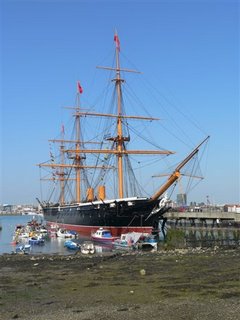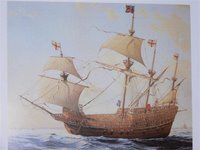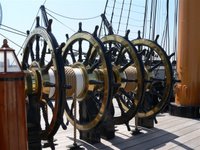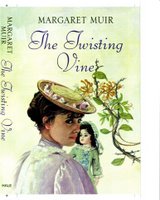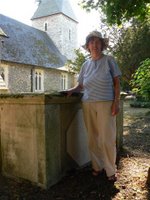 Connections with kings and courtesans, marine luminescence and the 'Mary Rose'.
Connections with kings and courtesans, marine luminescence and the 'Mary Rose'.The more I get to know Hester Davenport, more coincidences crop up in things we are both interested in.
We met initially over the internet when I was searching for information on Lady Florence Dixie. I found an article written by Hester in a journal published in Windsor and discovered she was quite an expert on this Lady.
From here I discovered that, like myself, she was a published writer - a biographer, though her first published book (Puffin) was a series of unsolved mysteries for 9-13 year olds.
Hester's first biography, Faithful Handmaid: Fanny Burney at the Court of King George 111, was published by Sutton, in 2000, and reprinted in paperback in 2003
Her second biographical work, The Prince’s Mistress: A life of Mary Robinson was released in 2004. This has also been published in paperback (2006), a testament to her remarkable research skills and fine writing. (Hester holds an MA in Victorian Poetry.)
While I was in Old Windsor, Hester took me to see Mary Robinson's grave. It is in the local churchyard - just a short walk from where she lives.
Perdita/Mary Robinson, born in 1758, was hotly pursued by George, the 17-year-old Prince of Wales, after a royal command performance, at the Garrick Theatre, in which Mary Robinson took the part of Perdita in, "The Winter's Tale" .
Recently Hester published, Writers in Windsor. In it she includes such notables as Chaucer, Shakespeare, Dickens, Hardy, Tennyson, and of course Fanny Burney and Mary Robinson.
Currently she is casting around for another subject.
During the short time we spent together, I told her I had visited the Mary Rose and was amazed to find that she had been a volunteer speaker for the Mary Rose Trust. She joined the organisation in 1982 about the time the Mary Rose was raised and lectured about the ship for the next 5 years.
The other strange mutual interest we discovered he had was in marine bioluminescence.
But I will blog about this later.
And only today, I learned Hester owned an antique doll with blue glass eyes. My forthcoming novel features an antique doll with blue glass eyes.
Unlikely, but pleasant coincidences.
Hester Davenport's books are available from http://www.amazon.co.uk/
Photo: M. Muir July 2006 – Hester Davenport and Mary Robinson's grave at the church of St Peter and St Andrew in Old Windsor.
